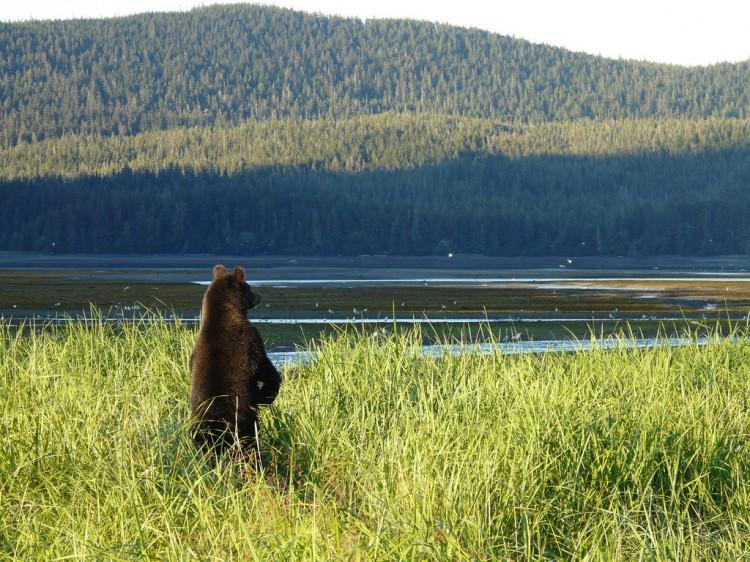Native Tribes in Southeast Alaska Await Owed Land
When all is said and done though, Thomas said the Natives see the Alaska National Interest Lands Conservation Act (ANILCA) as “the only opportunity that we’ll ever get the land back . . . “

Visitors look at wildlife through binoculars in the Tongass National Forest on July 13, 2007. Photo courtesy of the US Forest Service; Tongass National Forest photo library
|Updated:
Joshua Philipp is senior investigative reporter and host of “Crossroads” at The Epoch Times. As an award-winning journalist and documentary filmmaker, his works include “The Real Story of January 6” (2022), “The Final War: The 100 Year Plot to Defeat America” (2022), and “Tracking Down the Origin of Wuhan Coronavirus” (2020).
Author’s Selected Articles






